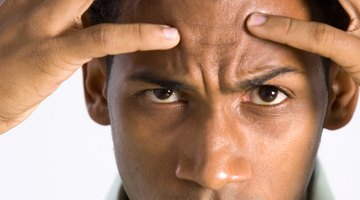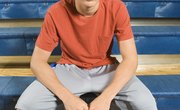High school physical education classes have the potential to exert a tremendous positive impact on the students' mental, physical and social well-being. The opportunity to mentally relax during a tough academic schedule helps to reduce tension and mental stress. Physical education classes also provide an excellent opportunity to focus on physical health and may serve as an outlet for socialization.
Boosts the Immune System
Participation in physical education classes contributes directly to improvements in physical health, which indirectly impacts the immune system. Physical activity helps to increase the body's potential for fighting sickness and disease by boosting the fighting potential of immune system cells that encounter unwelcome bacteria in the body. When high school students are healthier, they are less stressed because they aren't missing important classes and they can better stay on top of their schoolwork.
Increases Physical Fitness

Being physically fit increases the body's ability to withstand the effects of stress. Fitness benefits of a high school physical education class include the potential for an increase in cardiovascular fitness; muscular endurance, tone and strength; flexibility; and agility. Additionally, physical exercise works to decrease your resting heart rate and improves circulation, leading to a higher level of fitness. Some physical education classes focus on adopting a lifetime fitness plan, which can reduce the short- and long-term effects of stress, and feeling healthy can reduce the perception of stress, as well.
Reduces Mental Stress

Given the strong emphasis on student achievement and high stakes testing in high school, there is little time in the classroom for relaxation. Participation in physical activities increases the release of beta endorphins, the natural mood enhancers of our brains. With an improvement in mood, a student may develop a more optimistic perception of the daily tasks ahead and surge forth with greater mental energy and less stress. Forty five percent of high school students surveyed in 2015 reported that their physical education classes help them to deal with stress.
Increases Social Opportunities

Physical education classes help to reduce stress by affording students the opportunity to participate in activities that allow them to interact as teammates and competitors and to develop and refine social skills. Physical education classes often allow for talking, laughing and other positive social expressions, which decrease stress levels. These positive social expressions also have the potential to trigger the release of beta endorphins, helping to decrease the amount of stress the students feel.
Related Articles
References
Resources
Writer Bio
Katherine Bradley began writing in 2006. Her education and leadership articles have been published on Education.com, Montessori Leadership Online and the Georgia Educational Researcher. Bradley completed a Ph.D. in educational leadership from Mercer University in 2009.











